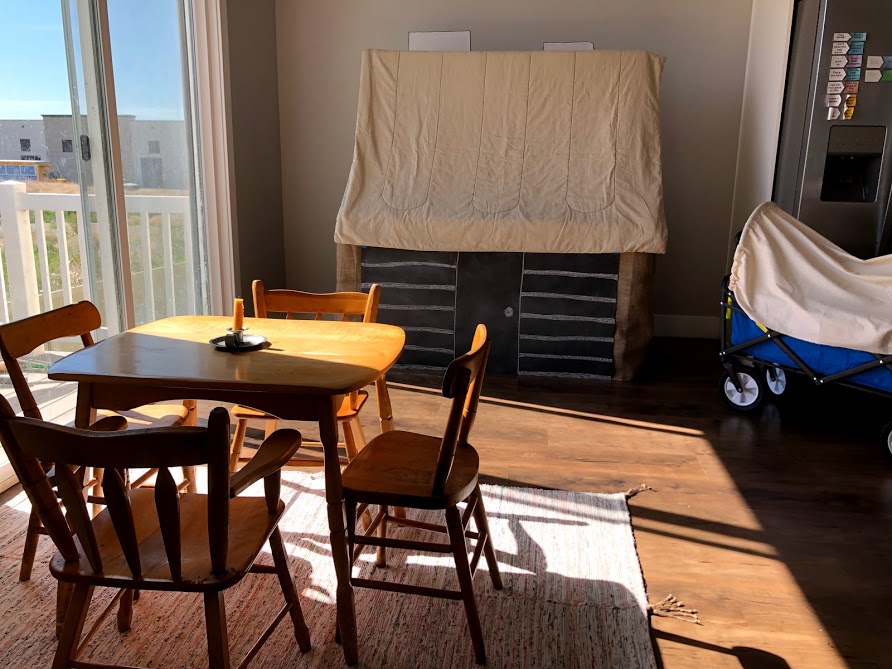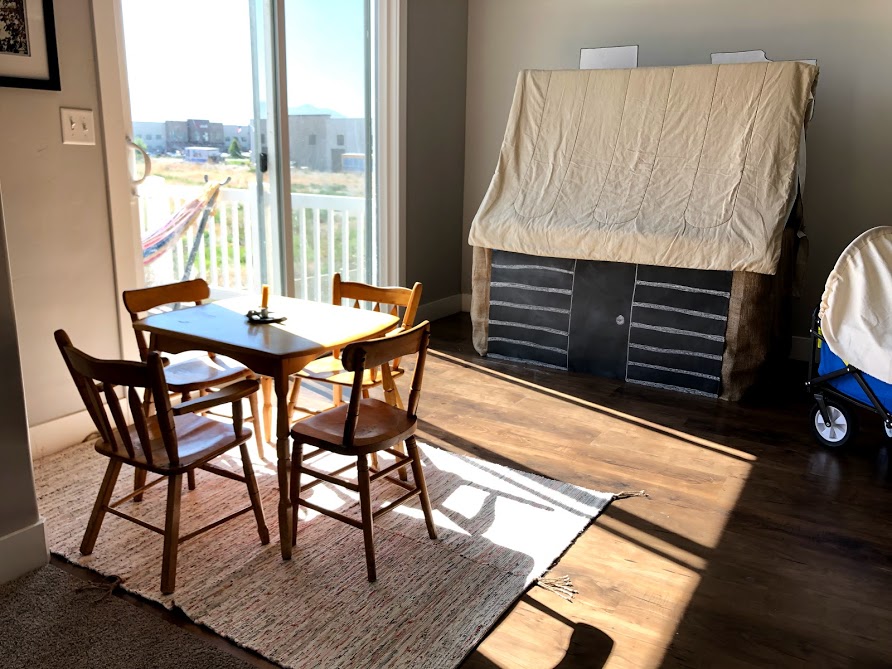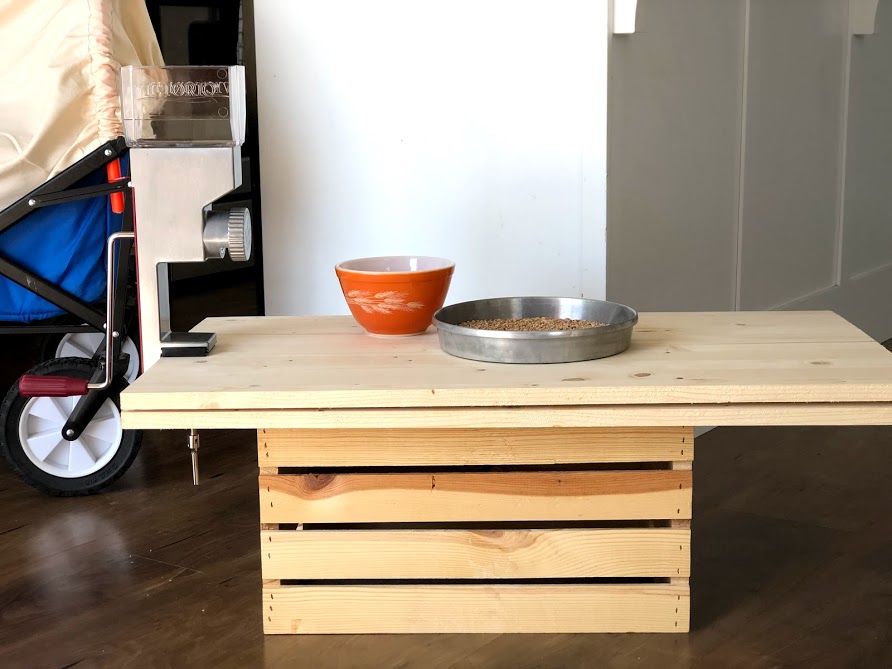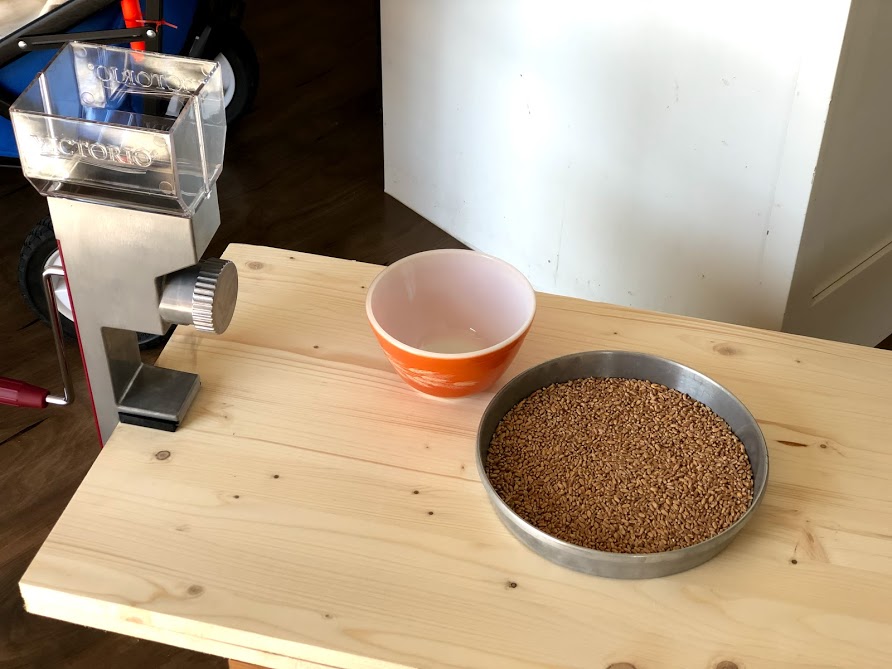After leaving Nauvoo at the beginning of 1846, and the trek across Iowa taking much longer than expected, The Saints made a temporary settlement, for the winter, on both sides of the Missouri River (on the border of Iowa and Nebraska). They named this settlement Winter Quarters and it became an instant city on the plains. The Saints constructed about 700 homes ranging from solid two-story structures to simple dugouts in the bluffs.
The Harpers were among the thousands who established Winter Quarters on the west side of the Missouri River, preliminary to the westward migration across the Great Plains. The winter of 1846-1847 was severe, the impoverished housing inadequate, and there was much suffering from cold, lack of food, and sickness. Of approximately 6,000 people in this temporary settlement, 600 were buried, mostly the very young and elderly, and young mothers and babies.
At least 4 (that I know of so far) of these 600 deaths were ancestors of mine – one of which was Charles Alfred Harper’s 19 month old daughter, Ellen.
Because of his trade as carriage maker and wheelwright, Charles Alfred Harper was almost indispensable to the leaders of the Church in their preparations for the westward trek. He worked diligently, making and repairing wagons for the journey.
In the history of Charles Wesley Hubbard, only a brief account of their experiences has been preserved. They were at Winter Quarters in the winter of 1846, where they suffered greatly because of the cold, hunger, and sickness. Recalling their diet, which consisted of cornmeal, bread, mush and bacon, Charles re-marked, “It wasn’t the food that kept us alive, but our faith in God and the hope for the future.”
Although Charles and his family had prepared to go west in 1847, he was asked to help build a flour mill at Winter Quarters and it seems that he remained for that purpose. Today at Florence, Nebraska is still standing this flour mill.
For our activity today, we built a cabin and ground some wheat into flour at our flour mill.











